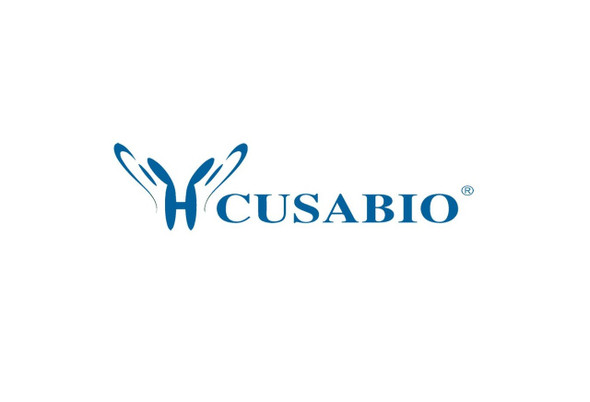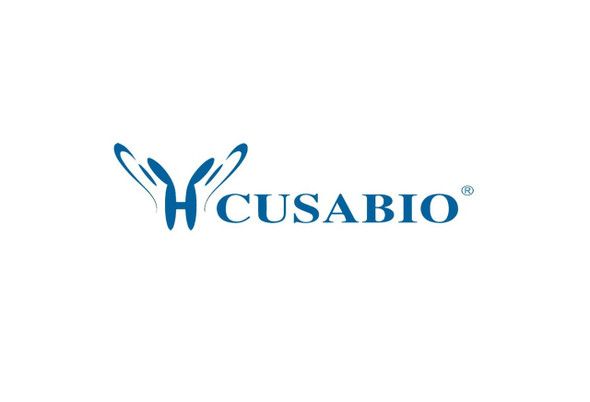Cusabio Human Recombinants
Recombinant Human Serine/threonine-protein kinase N1 (PKN1), partial | CSB-EP623082HU
- SKU:
- CSB-EP623082HU
- Availability:
- 3 - 7 Working Days
Description
Recombinant Human Serine/threonine-protein kinase N1 (PKN1), partial | CSB-EP623082HU | Cusabio
Alternative Name(s): Protease-activated kinase 1 (PAK-1) (Protein kinase C-like 1) (Protein kinase C-like PKN) (Protein kinase PKN-alpha) (Protein-kinase C-related kinase 1) (Serine-threonine protein kinase N ) (PAK1) (PKN) (PRK1) (PRKCL1)
Gene Names: PKN1
Research Areas: Epigenetics and Nuclear Signaling
Organism: Homo sapiens (Human)
AA Sequence: AGQLENQAAPDDTQGSPDLGAVELRIEELRHHFRVEHAVAEGAKNVLRLLSAAKAPDRKAVSEAQEKLTESNQKLGLLREALERRLGELPADHPKGRLLREELAAASSAAFSTRLAGPFPATHYSTLCKPAPLTGTLEVRVVGCRDLPETIPWNPTPSMGGPGTPDSRPPFLSRPARGLYSRSGSLSGRSSLKAEAENTSEVSTVLKLDNTVVGQTSWKPCGPNAWDQSFTLELERARELELAVFWRDQRGLCALKFLKLEDFLDNERHEVQLDMEPQ
Source: E.coli
Tag Info: N-terminal 6xHis-tagged
Expression Region: 190-467aa
Sequence Info: Partial
MW: 34.5 kDa
Purity: Greater than 85% as determined by SDS-PAGE.
Relevance: PKC-related serine/threonine-protein kinase involved in various processes such as regulation of the intermediate filaments of the actin cytoskeleton, cell migration, tumor cell invasion and transcription regulation. Part of a signaling cascade that begins with the activation of the adrenergic receptor ADRA1B and leads to the activation of MAPK14. Regulates the cytoskeletal network by phosphorylating proteins such as VIM and neurofilament proteins NEFH, NEFL and NEFM, leading to inhibit their polymerization. Phosphorylates 'Ser-575', 'Ser-637' and 'Ser-669' of MAPT/Tau, lowering its ability to bind to microtubules, resulting in disruption of tubulin assembly. Acts as a key coactivator of androgen receptor-dependent transcription, by being recruited to ANDR target genes and specifically mediating phosphorylation of 'Thr-11' of histone H3, a specific tag for epigenetic transcriptional activation that promotes demethylation of histone H3 'Lys-9' by KDM4C/JMJD2C. Phosphorylates HDAC5, HDAC7 and HDAC9, leading to impair their import in the nucleus. Phosphorylates 'Thr-38' of PPP1R14A, 'Ser-159', 'Ser-163' and 'Ser-170' of MARCKS, and GFAP. Able to phosphorylate RPS6 in vitro.
Reference: "Phosphorylation of protein kinase N by phosphoinositide-dependent protein kinase-1 mediates insulin signals to the actin cytoskeleton." Dong L.Q., Landa L.R., Wick M.J., Zhu L., Mukai H., Ono Y., Liu F. Proc. Natl. Acad. Sci. U.S.A. 97:5089-5094(2000)
Storage: The shelf life is related to many factors, storage state, buffer ingredients, storage temperature and the stability of the protein itself. Generally, the shelf life of liquid form is 6 months at -20?/-80?. The shelf life of lyophilized form is 12 months at -20?/-80?.
Notes: Repeated freezing and thawing is not recommended. Store working aliquots at 4? for up to one week.
Function: PKC-related serine/threonine-protein kinase involved in various processes such as regulation of the intermediate filaments of the actin cytoskeleton, cell migration, tumor cell invasion and transcription regulation. Part of a signaling cascade that begins with the activation of the adrenergic receptor ADRA1B and leads to the activation of MAPK14. Regulates the cytoskeletal network by phosphorylating proteins such as VIM and neurofilament proteins NEFH, NEFL and NEFM, leading to inhibit their polymerization. Phosphorylates 'Ser-575', 'Ser-637' and 'Ser-669' of MAPT/Tau, lowering its ability to bind to microtubules, resulting in disruption of tubulin assembly. Acts as a key coactivator of androgen receptor (ANDR)-dependent transcription, by being recruited to ANDR target genes and specifically mediating phosphorylation of 'Thr-11' of histone H3 (H3T11ph), a specific tag for epigenetic transcriptional activation that promotes demethylation of histone H3 'Lys-9' (H3K9me) by KDM4C/JMJD2C. Phosphorylates HDAC5, HDAC7 and HDAC9, leading to impair their import in the nucleus. Phosphorylates 'Thr-38' of PPP1R14A, 'Ser-159', 'Ser-163' and 'Ser-170' of MARCKS, and GFAP. Able to phosphorylate RPS6 in vitro.
Involvement in disease:
Subcellular Location: Cytoplasm, Nucleus, Endosome, Cell membrane, Peripheral membrane protein, Cleavage furrow, Midbody
Protein Families: Protein kinase superfamily, AGC Ser/Thr protein kinase family, PKC subfamily
Tissue Specificity: Found ubiquitously. Expressed in heart, brain, placenta, lung, skeletal muscle, kidney and pancreas. Expressed in numerous tumor cell lines, especially in breast tumor cells.
Paythway: PI3K-Aktsignalingpathway
Form: Liquid or Lyophilized powder
Buffer: If the delivery form is liquid, the default storage buffer is Tris/PBS-based buffer, 5%-50% glycerol. If the delivery form is lyophilized powder, the buffer before lyophilization is Tris/PBS-based buffer, 6% Trehalose, pH 8.0.
Reconstitution: We recommend that this vial be briefly centrifuged prior to opening to bring the contents to the bottom. Please reconstitute protein in deionized sterile water to a concentration of 0.1-1.0 mg/mL.We recommend to add 5-50% of glycerol (final concentration) and aliquot for long-term storage at -20?/-80?. Our default final concentration of glycerol is 50%. Customers could use it as reference.
Uniprot ID: Q16512
HGNC Database Link: HGNC
UniGene Database Link: UniGene
KEGG Database Link: KEGG
STRING Database Link: STRING
OMIM Database Link: OMIM






